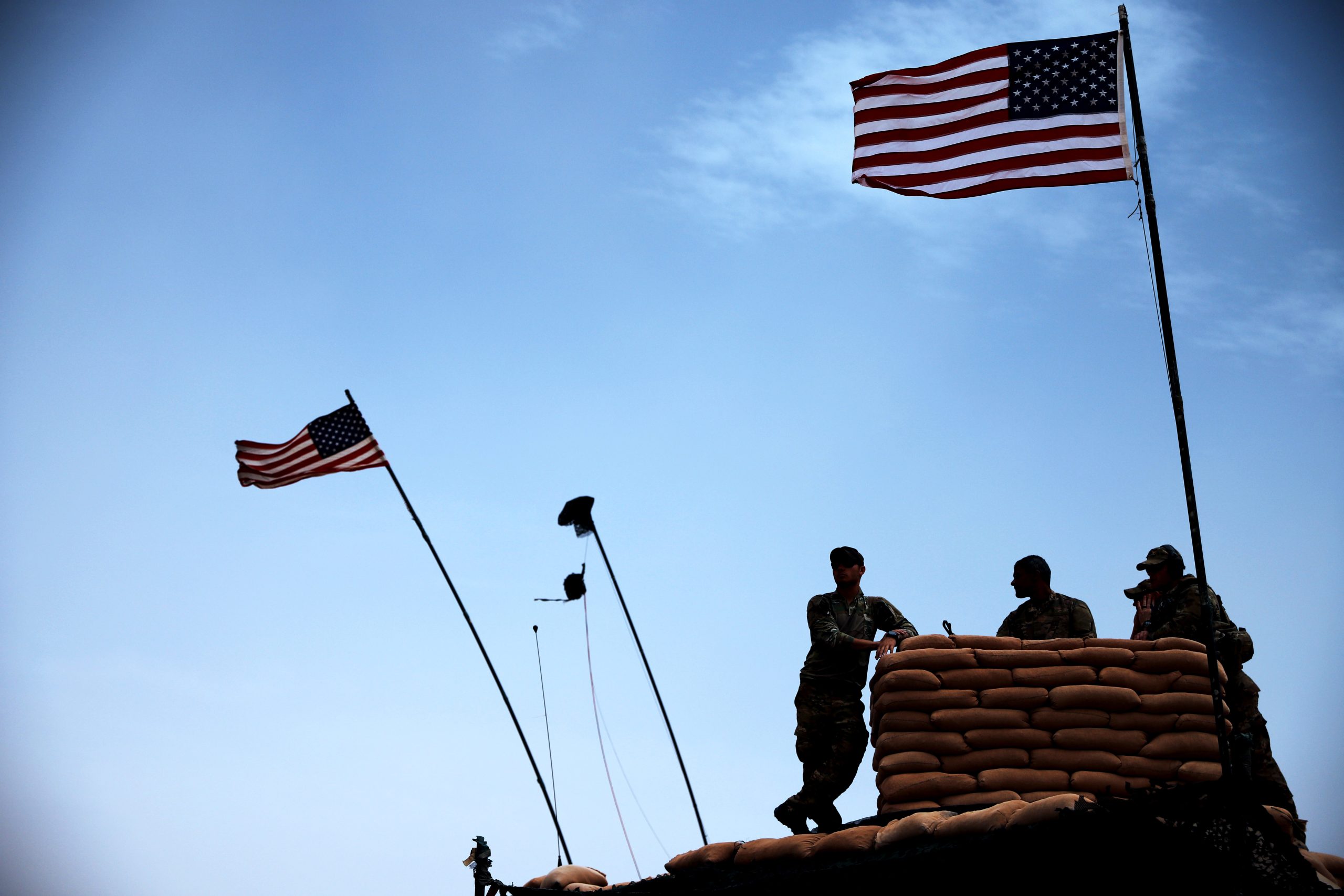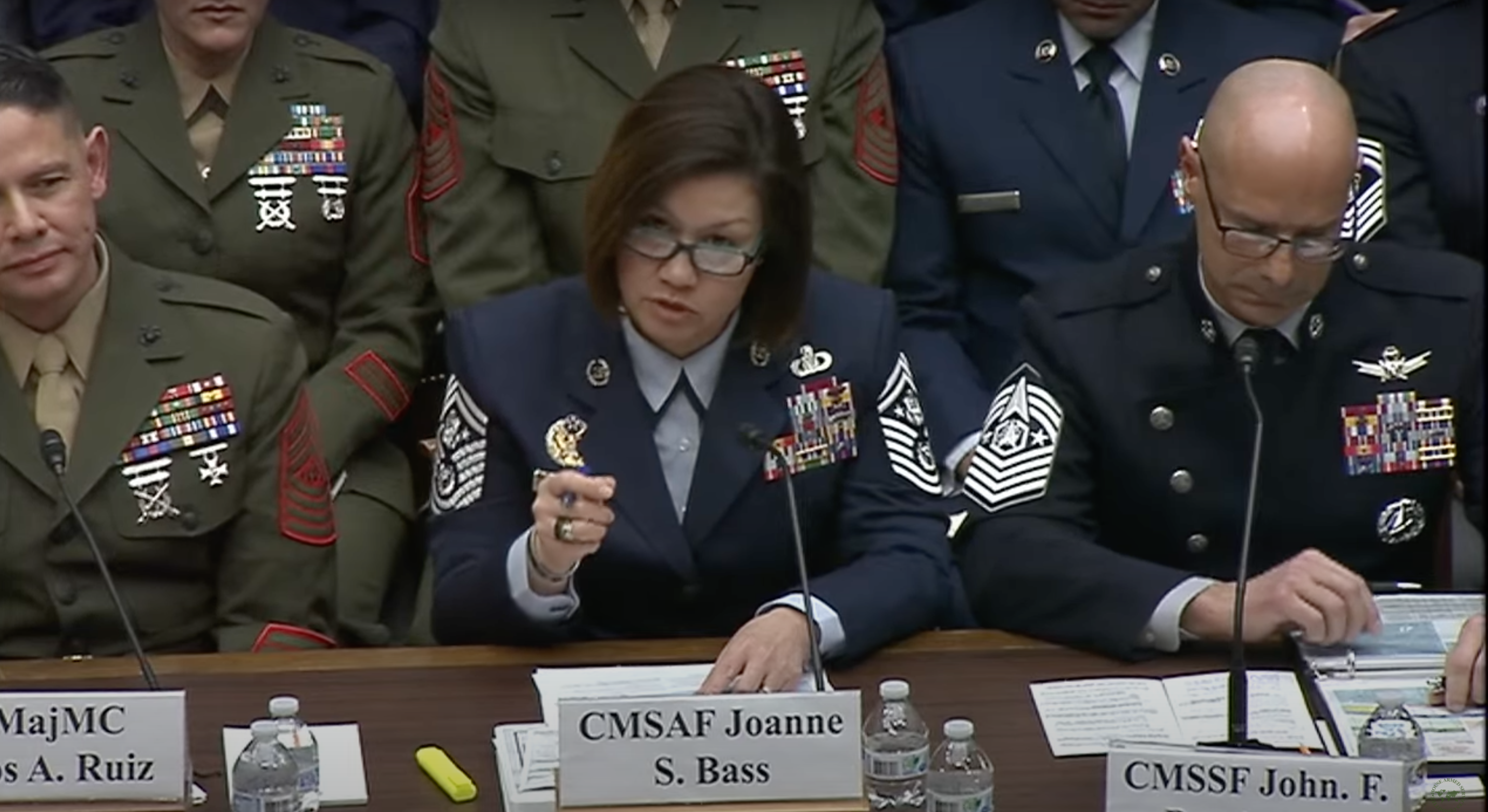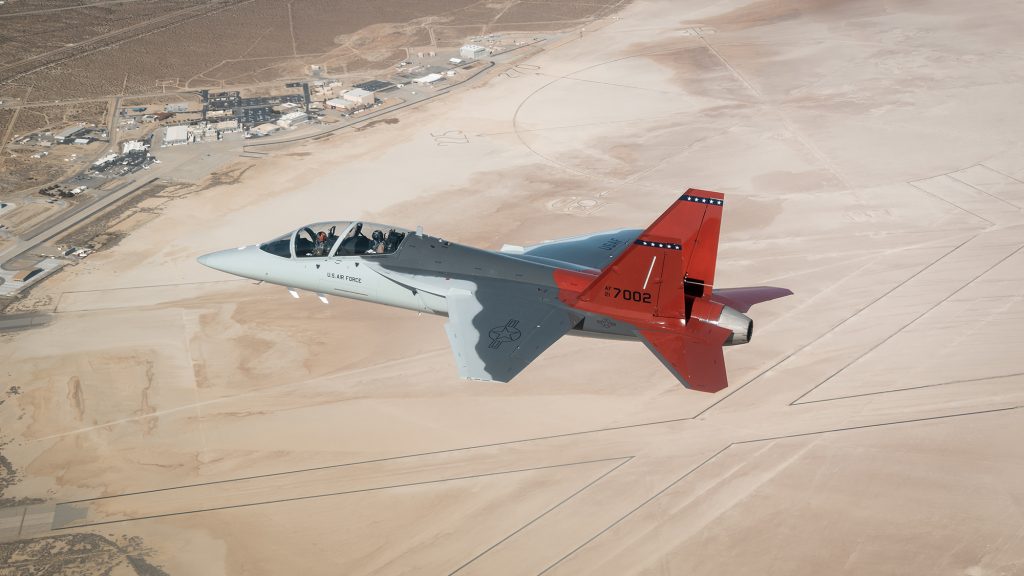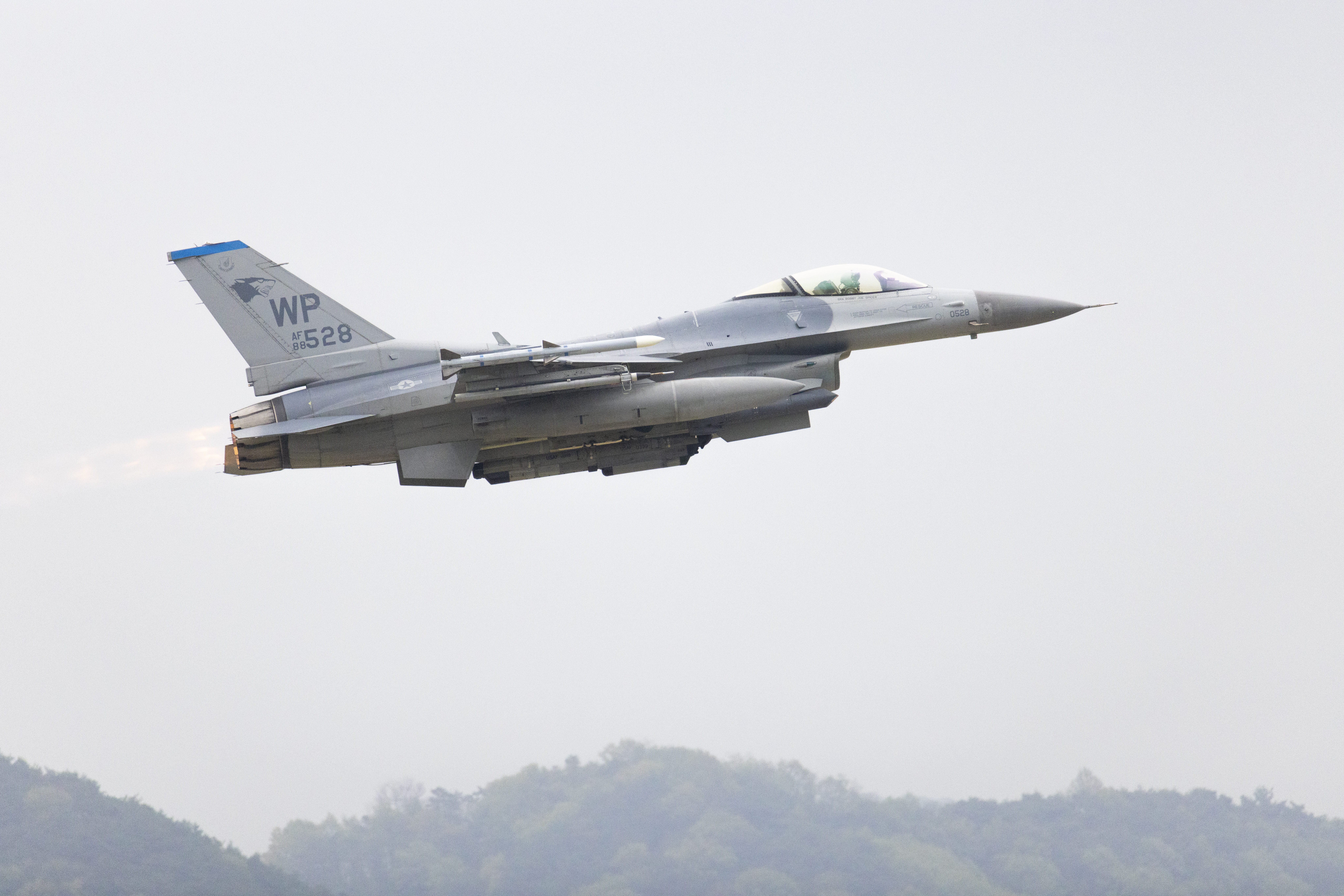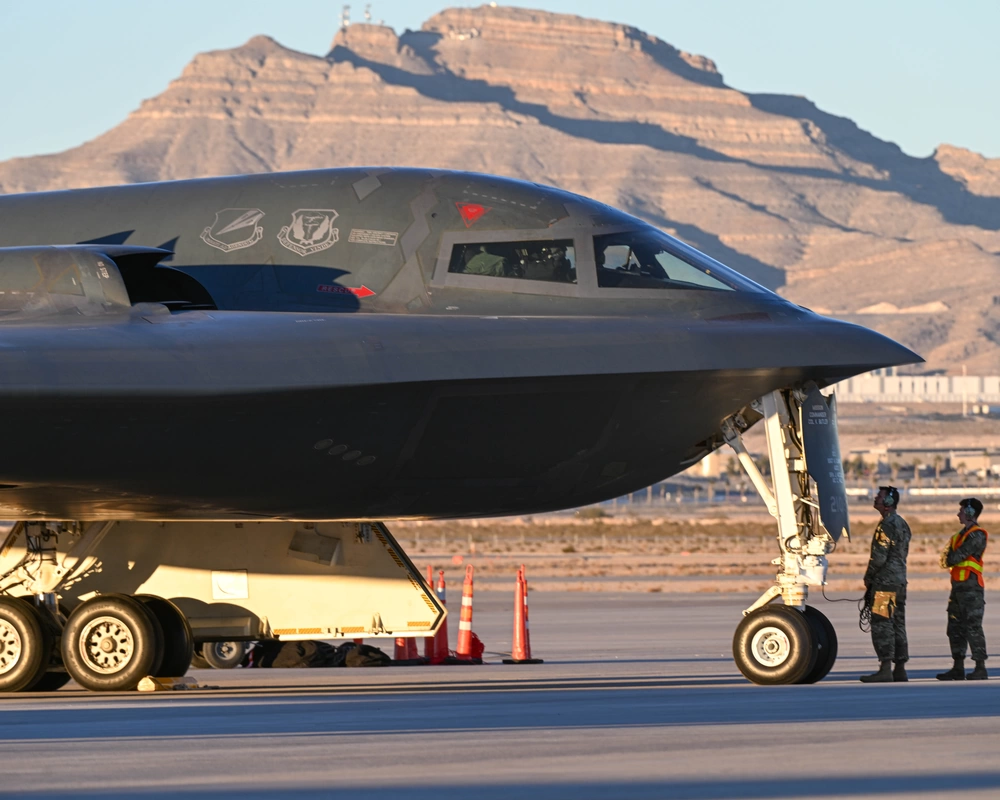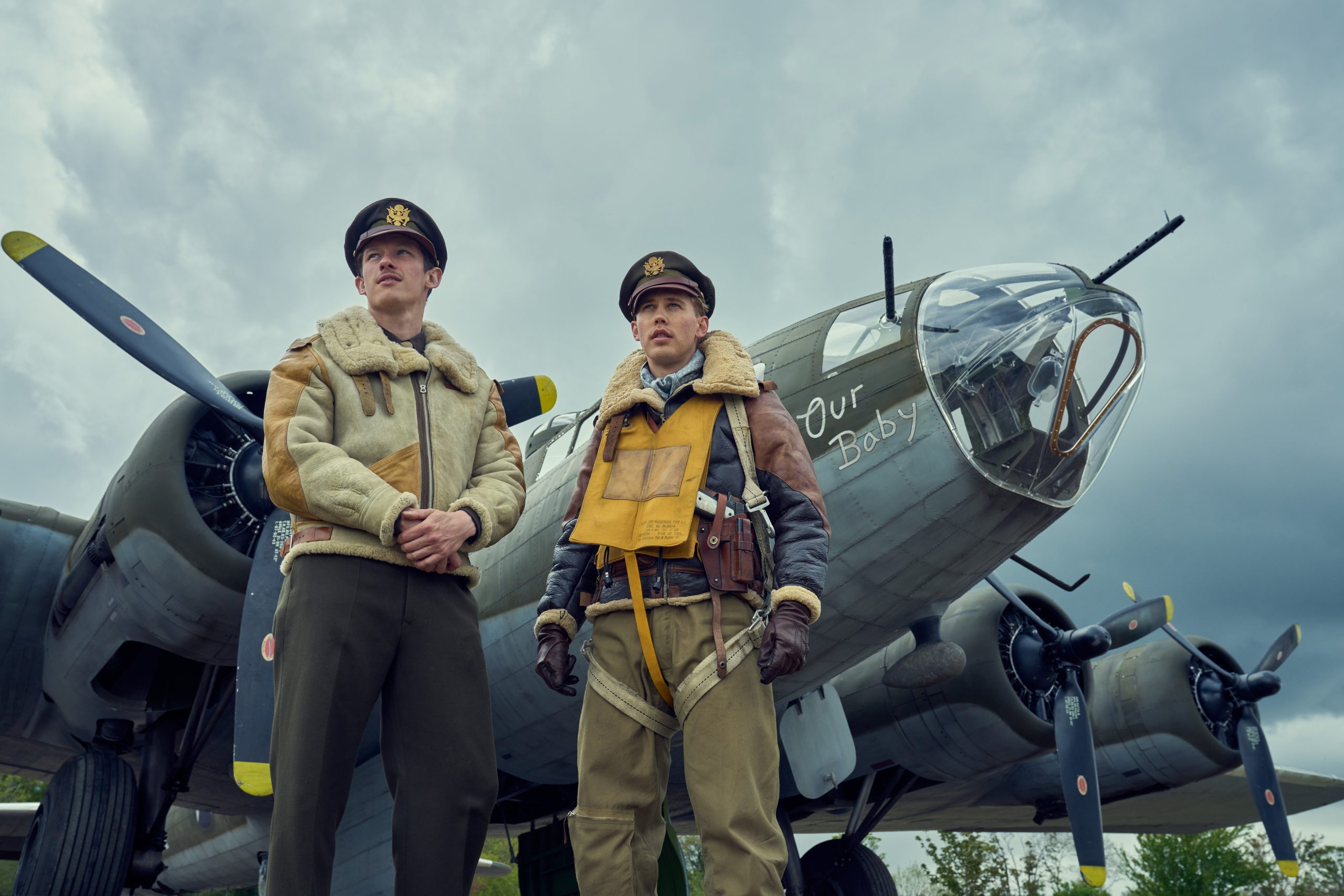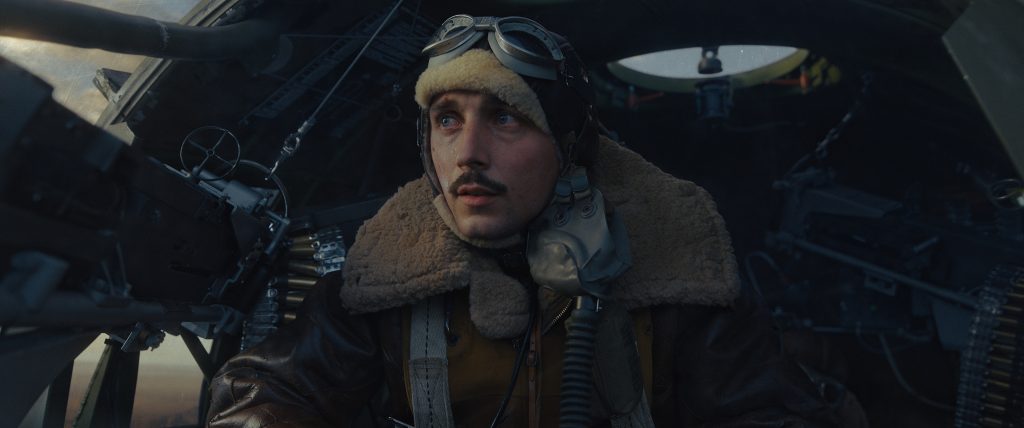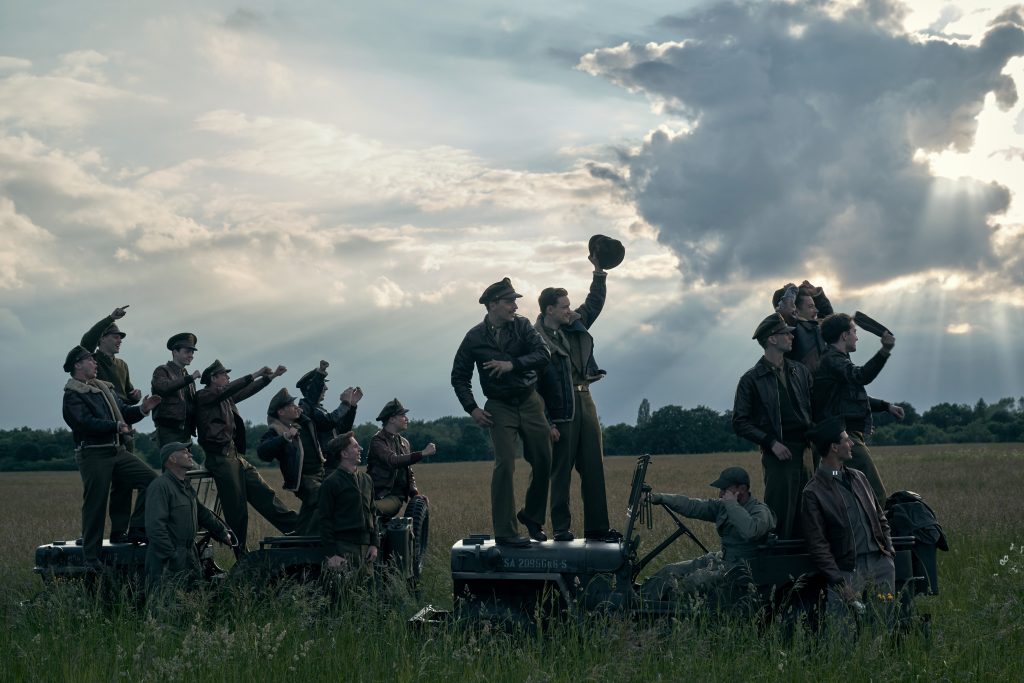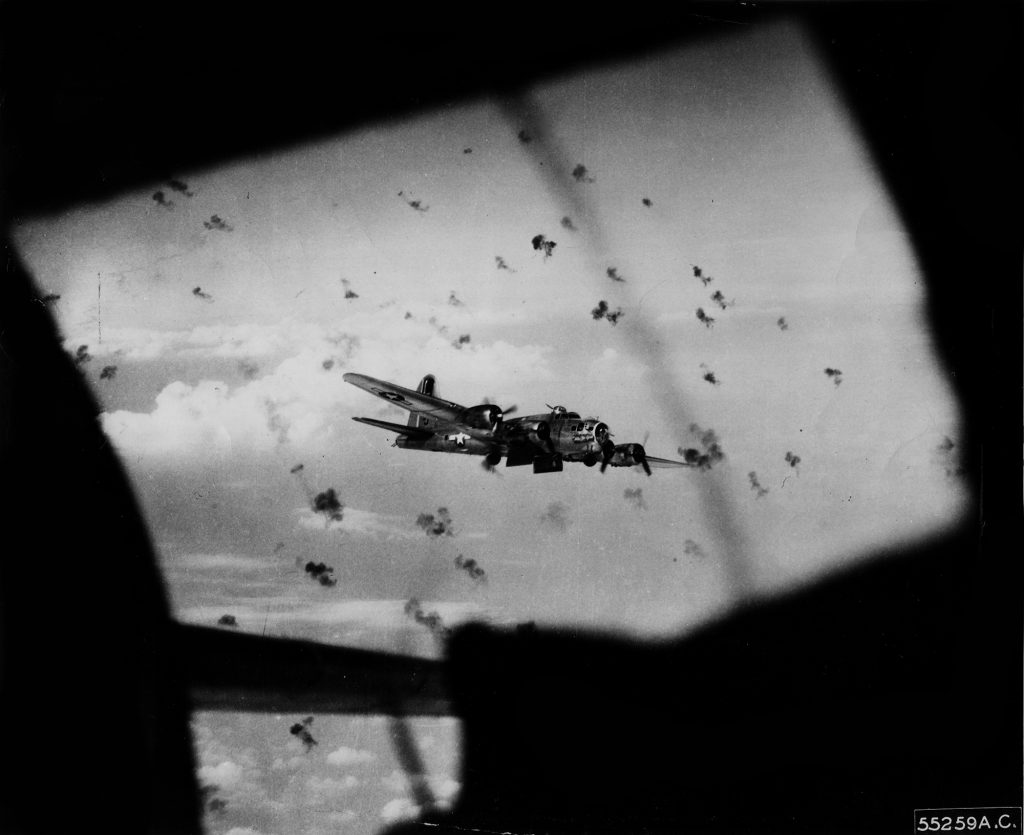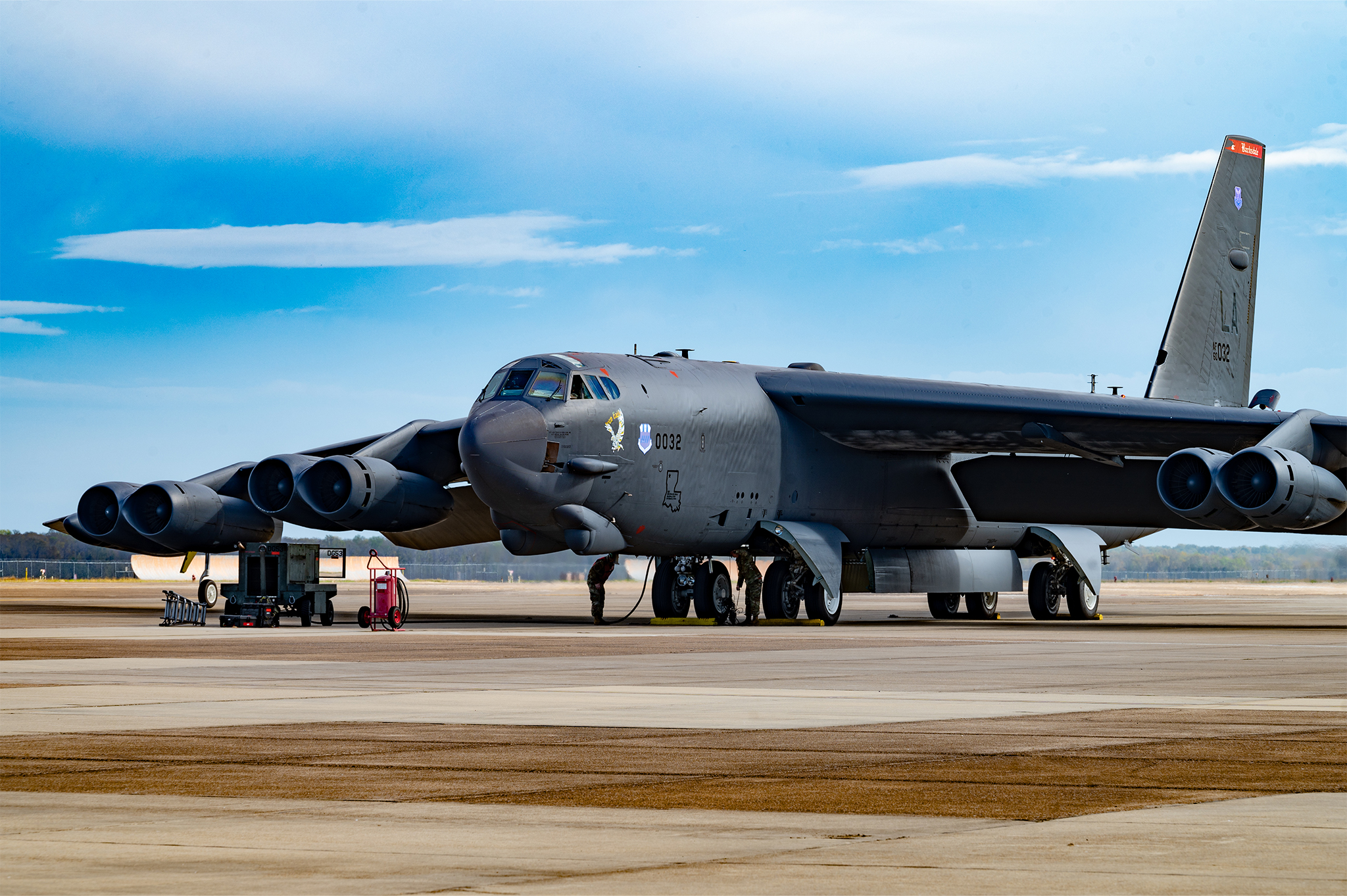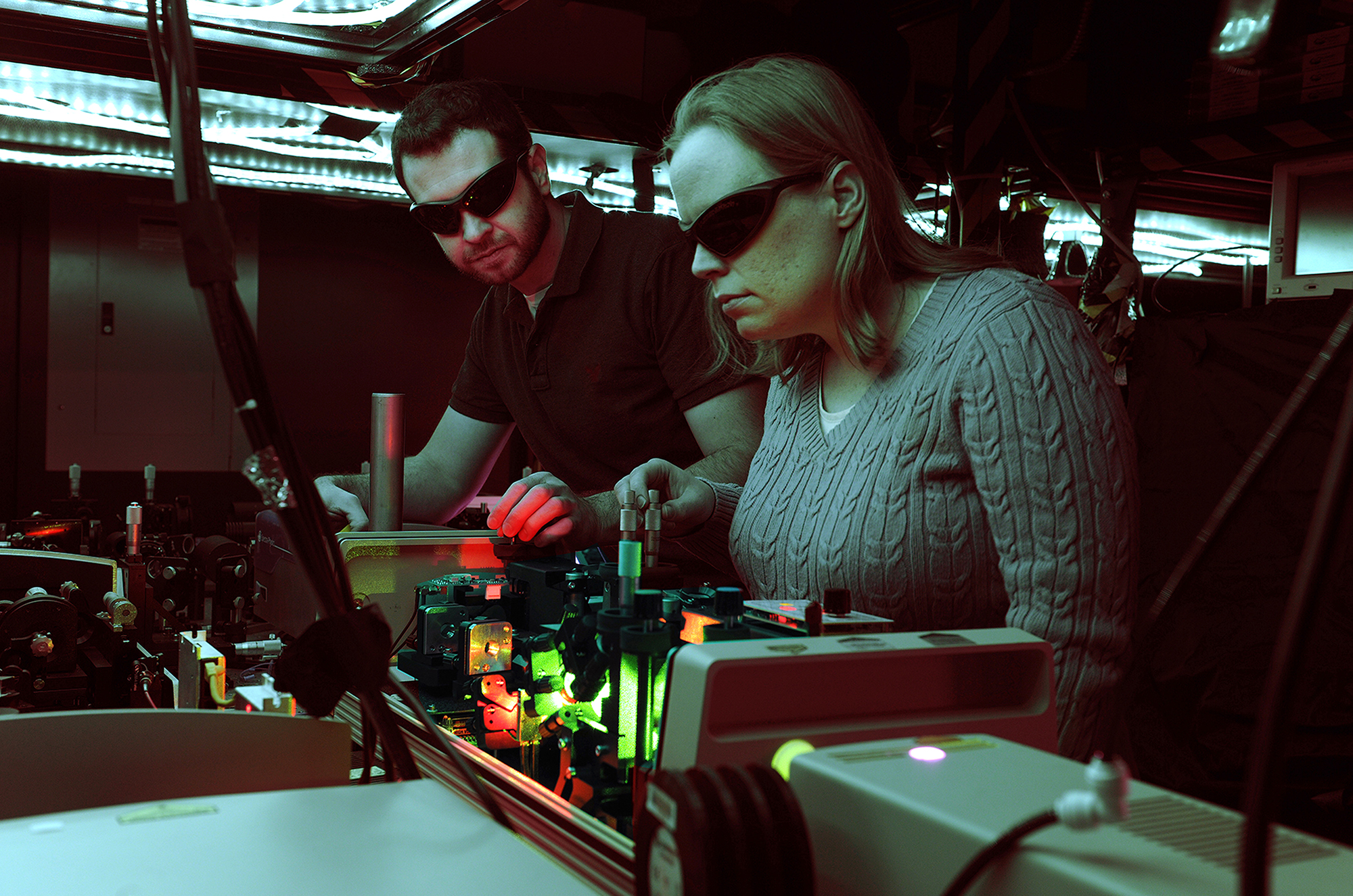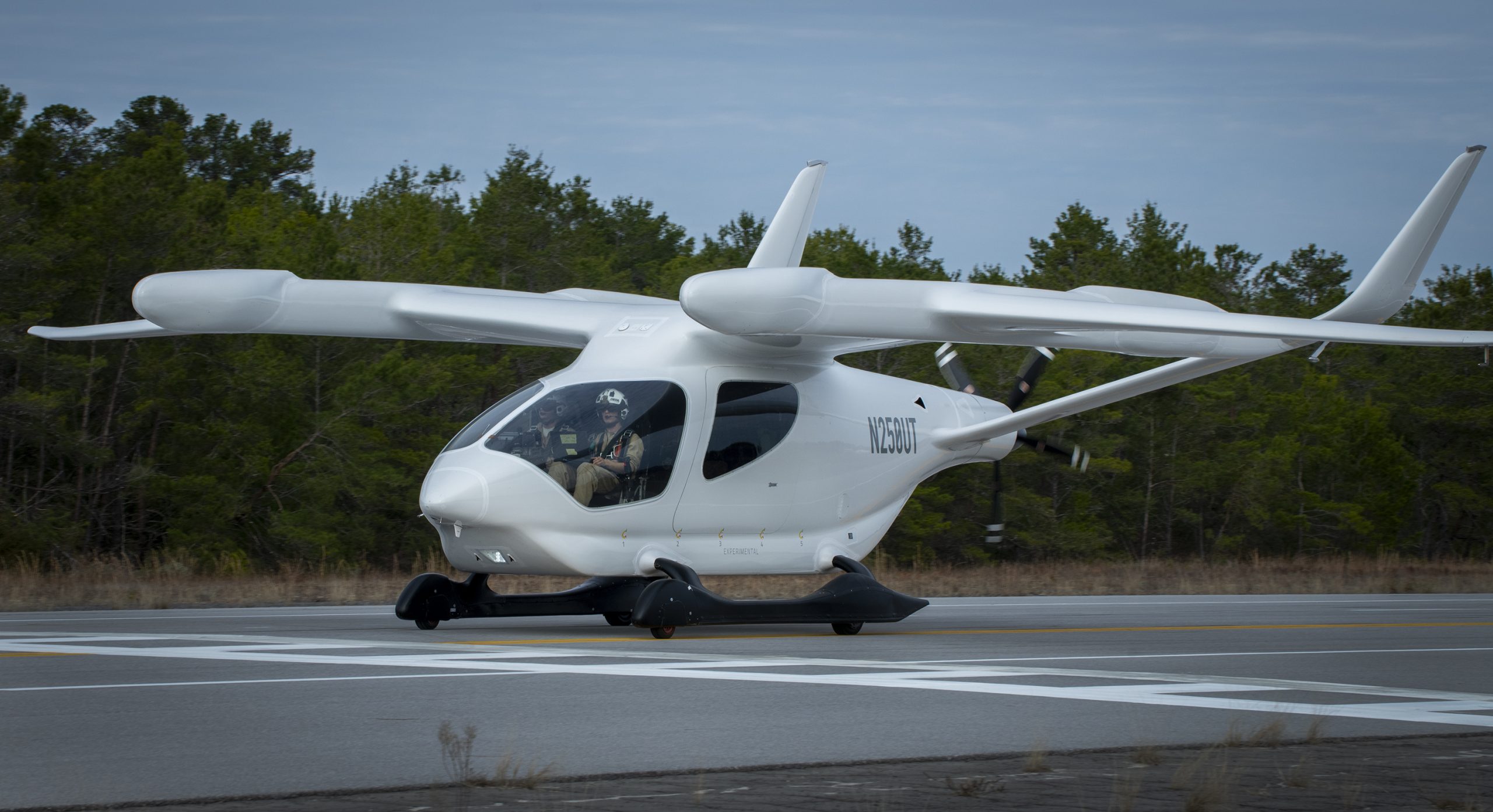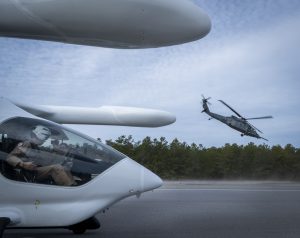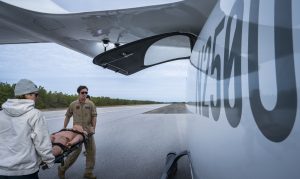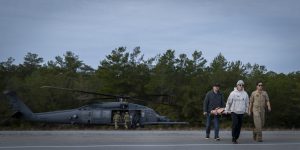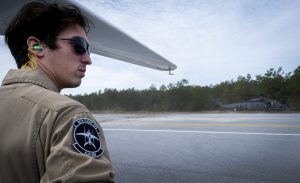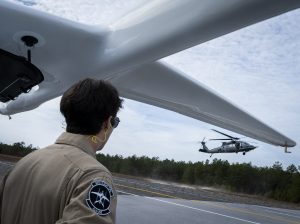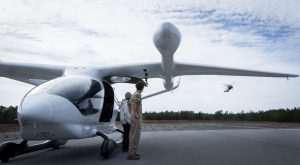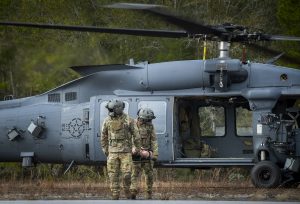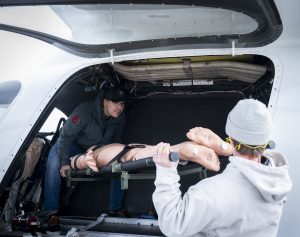A “small number” of Airmen were injured in the Jan. 28 drone attack on the military’s remote Tower II base in Jordan, among them at least one Air National Guardsman, Air Force and National Guard officials confirmed to Air & Space Forces Magazine on Jan. 31.
National Security Council spokesperson John F. Kirby said the U.S. attributes the attack to the Islamic Resistance in Iraq, an umbrella group of organizations backed by Iran.
The attack killed three Soldiers and wounded more than 40 service members at the small outpost in northeastern Jordan, close to the border with Syria. Both Air Force and Army personnel are based there.
The National Guard announced it had confirmed at least 41 Guardsmen, mostly Soldiers, were injured in the attack. A spokesperson said that total includes one Airman, who is “in stable condition with non-life threatening injuries.”
An Air Force spokesperson confirmed that several Airmen were injured but did not immediately clarify how many Airmen were hurt or their current condition.
Tower 22 is located near Al Tanf Garrison in southeastern Syria, where the U.S. works with local partners to combat the Islamic State group. Al Tanf has drawn frequent attacks in recent months, but the Jan. 28 attack on Tower 22 was the first known attack on U.S. forces in Jordan. Tower 22 provides logistics and support for Al Tanf.
“There are approximately 350 U.S. Army and Air Force personnel deployed to the base, conducting a number of key support functions, including support to the coalition for the lasting defeat of ISIS,” CENTCOM said in a statement.
Pentagon spokeswoman Sabrina Singh told reporters Jan. 29 that the attack drone struck living quarters on the base early in the morning, “so people were actually in their beds when the drone impacted.”
The number of wounded from the attack was first reported as 25, but has since grown to more than 40. Pentagon press secretary Maj. Gen. Patrick S. Ryder said Jan. 30 that eight troops were transported out of Jordan for higher level medical attention.
President Joe Biden has pledged to respond to the attack.
This is a developing story and will be updated.
